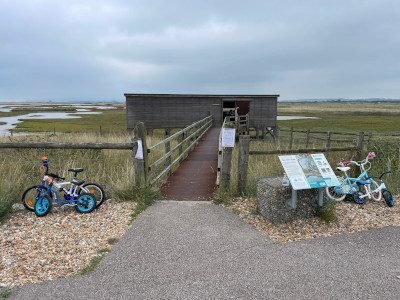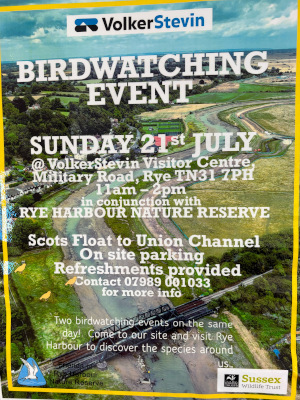
Talk 14 December 2024
The December talk was a little different, in that it was a compilation of three short talks. These were presented by members of the Rye Harbour History group and each illustrated talk reflected a different aspect of local history.

The topics were:
- The Coast Blockade at Rye Harbour – deterring smuggling in the 19th century through the writing of an officer – presented by Angie Perkins.
- Smuggling was such a huge operation in the 18th and 19th centuries that the government felt they had go to enormous lengths to curb the ’ trade’ along a lengthy stretch of the south coast and between 1817 and 1831 a coastal blockade was put in place. This talk gave us a personal insight into this blockade through the writing of a Naval officer.
- Old Winchelsea, a town lost to the sea in 1287 – presented by David Dennis.
- Old Winchelsea, a large, vibrant port and shipbuilding town had been built upon a spit of land in Rye Bay. Very vulnerable to severe weather, coastal erosion and the changing coastline the town was eventually lost to the sea during a severe storm in 1287. David looked at what is known about this town and helped to bring it to life for the audience.
- History in Photographs – The Mary Stanford Lifeboat disaster of 1928 – presented by Roy Brigden.
- The Mary Stanford disaster was a tragic incident that never should have happened. All 17 lifeboat men lost their lives and this would have affected every household in the village of Rye Harbour. Putting out to sea in appalling weather to rescue a boat that was already safe by the time the lifeboat was launched, would seem unthinkable these days, however communications were very different in 1928. Through old Photographs Roy explained how the disaster unfolded and the aftermath. However, to this day no one knows what exactly happened to cause the death of all those on board.
All were very interesting, lavishly illustrated and providing an insight into a different era.
An excellent afternoon was had by all.





















